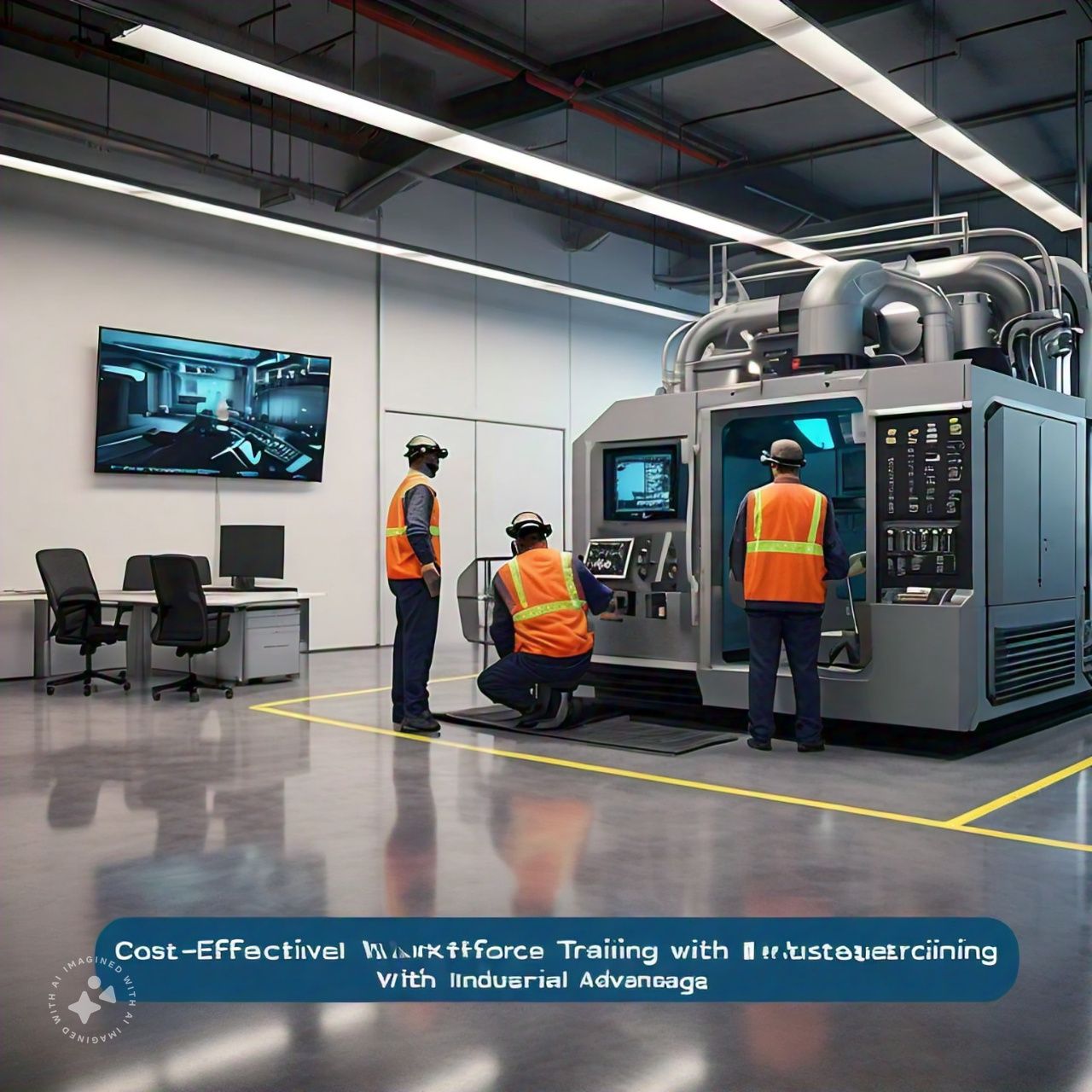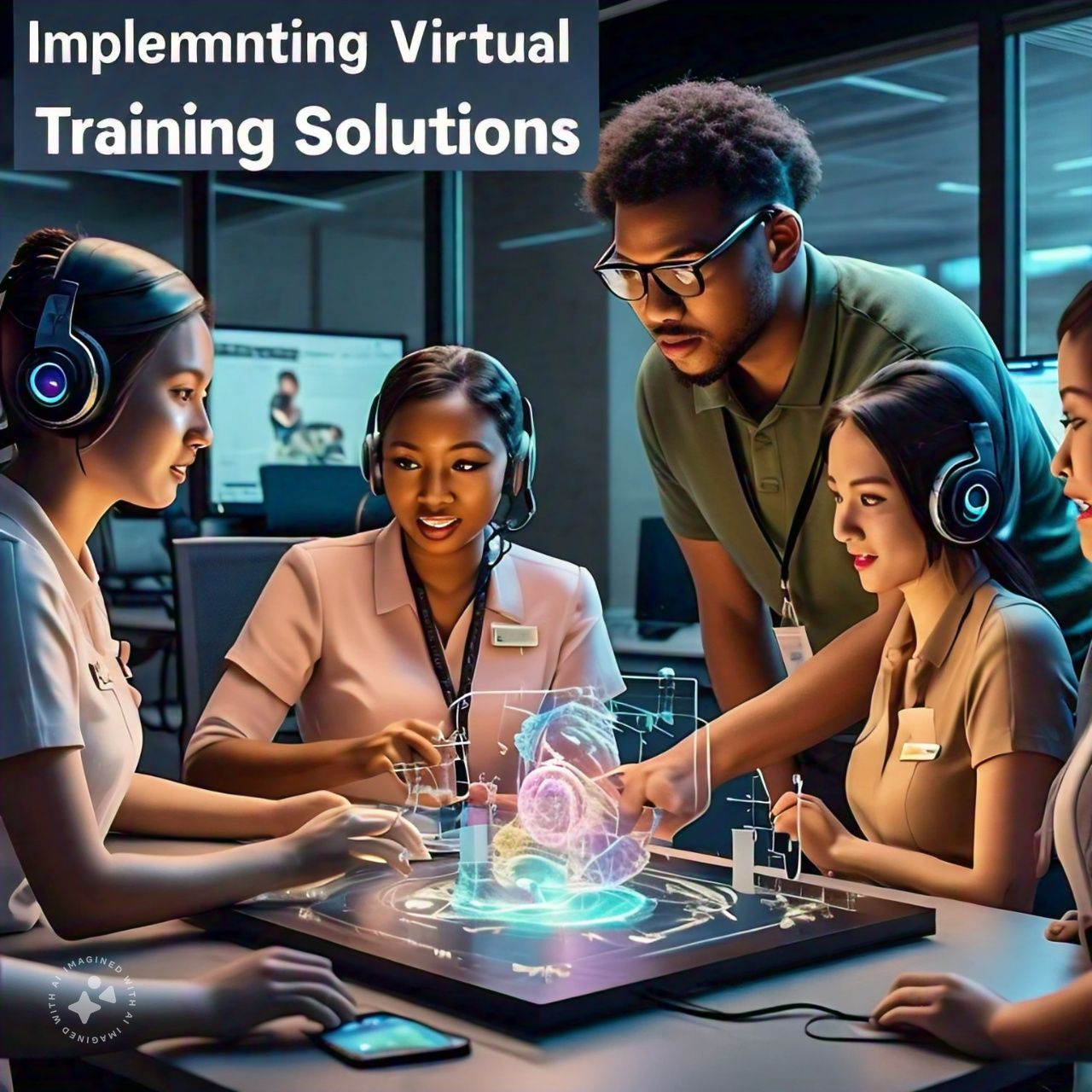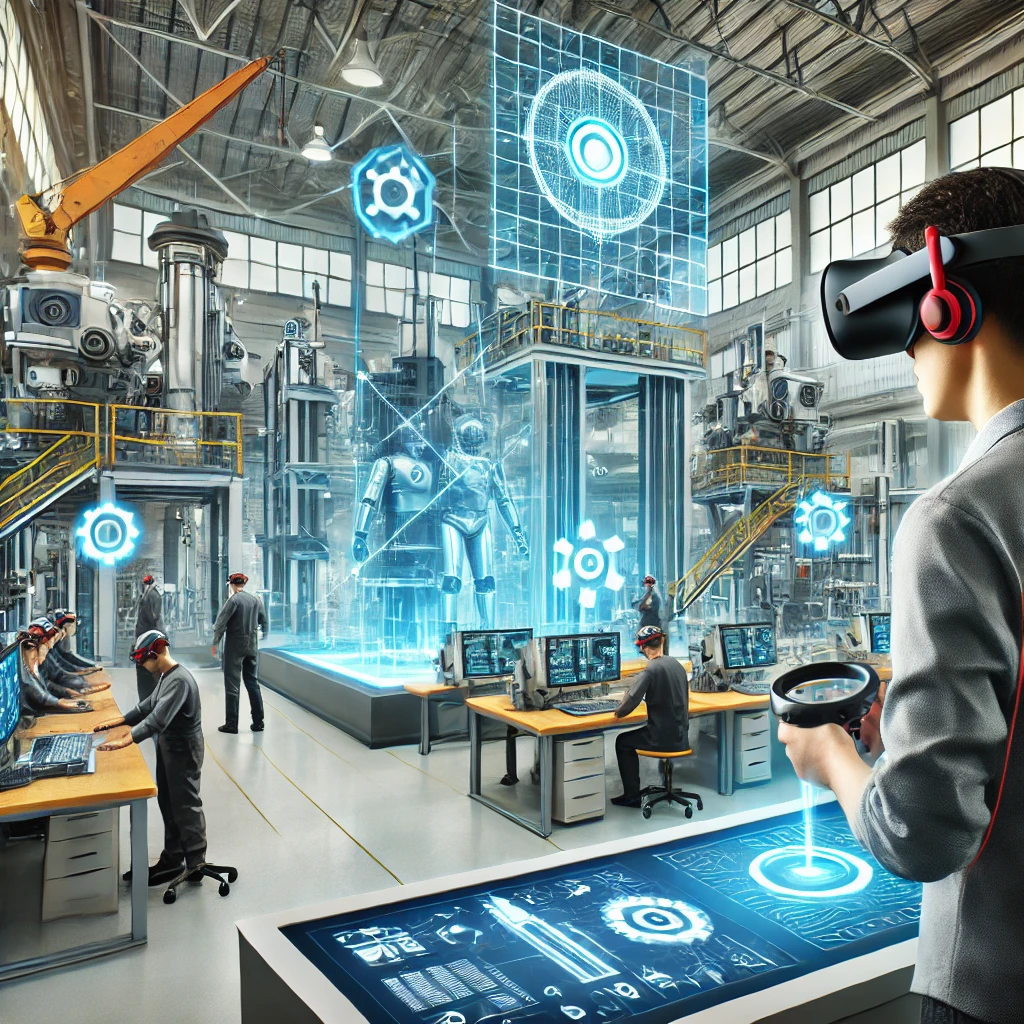As the retail industry rapidly evolves in response to technological advancements, businesses are increasingly turning to innovative solutions to enhance customer experiences and stay competitive. One of the most transformative technologies in retail today is virtual reality (VR). VR allows businesses to create immersive shopping environments, enhance customer engagement, and redefine how products are showcased. If you’re wondering how to implement virtual reality in business, especially within the retail space, this guide provides a comprehensive overview of the key steps and strategies for successful implementation.
Understanding the Role of Virtual Reality in Retail
Virtual reality is revolutionizing the way customers interact with brands and products. Through VR, retailers can offer customers the chance to experience products in a simulated, interactive environment. Whether it’s trying on clothes virtually, exploring a digital showroom, or walking through a virtual store, VR provides a unique and engaging way for customers to interact with products.
Benefits of Virtual Reality in Retail
- Enhanced Customer Experience: VR creates immersive shopping experiences, offering customers the ability to explore products in new and innovative ways.
- Improved Product Visualization: VR allows customers to visualize products more effectively, particularly for items like furniture or home décor, which can be viewed in a virtual space before purchase.
- Increased Customer Engagement: Interactive VR experiences keep customers engaged longer and enhance brand loyalty through memorable shopping interactions.
- Global Reach: With VR, retailers can extend their reach beyond physical locations, allowing customers from anywhere in the world to explore products and shop virtually.
How to Implement Virtual Reality in Business: A Step-by-Step Guide for Retail
Implementing VR in retail requires careful planning, investment, and an understanding of customer needs. Here are the steps to successfully integrate virtual reality into your retail business.
Step 1: Define Your Objectives
Before adopting VR, clearly define what you hope to achieve by implementing it in your retail operations. Whether your goal is to improve customer engagement, streamline product demonstrations, or reduce return rates by offering more accurate product visualizations, having clear objectives will guide your VR strategy.
Step 2: Choose the Right VR Technology
There are several types of VR technologies available, ranging from fully immersive headsets like the Oculus Rift and HTC Vive to mobile VR solutions using smartphones and apps. Choosing the right technology depends on your business goals, budget, and target audience. For example, luxury retailers may benefit from high-end, fully immersive VR experiences, while smaller stores might opt for more accessible mobile-based VR.
Step 3: Create Engaging VR Content
The success of VR in retail depends heavily on the quality of the content you provide. Work with a VR content developer to create realistic, interactive experiences that are tailored to your brand. This can include virtual stores, 360-degree product views, or even gamified shopping experiences. High-quality visuals, smooth interactions, and realistic simulations will help engage customers and provide them with an unforgettable shopping experience.
Step 4: Integrate VR with Existing Channels
VR should complement your existing retail strategy, not replace it. Ensure that your virtual experiences are integrated with your online store and physical locations. For example, allow customers to start their shopping experience in VR and then transition seamlessly to your website for purchase, or encourage in-store customers to try VR experiences that showcase a broader product range.
Step 5: Train Your Staff
For VR to be successful, your staff needs to be trained on how to use the technology and assist customers in navigating VR experiences. In-store employees should be familiar with setting up and guiding customers through VR environments, ensuring they can answer any questions and troubleshoot any issues that arise.
Step 6: Focus on User Experience
A key to the success of VR in retail is ensuring that the user experience is intuitive and enjoyable. Complicated or glitchy VR setups will frustrate customers and reduce engagement. Test your VR implementation extensively to ensure smooth operation, and collect customer feedback to make continuous improvements.

Step 7: Market Your VR Experience
Once you’ve implemented VR, make sure to market it effectively. Use social media, your website, and in-store promotions to inform customers about the new VR experience. Highlight the benefits and unique features of shopping through VR to attract more users. Consider offering incentives, such as discounts or exclusive content, to encourage customers to try the new virtual experience.
Customer Engagement Strategies with VR in Retail
While implementing VR is a crucial step, ensuring ongoing customer engagement is essential for success. Here are some strategies to enhance customer interaction with VR:
1. Create Personalized VR Experiences
Retailers can use VR to create personalized shopping experiences. For example, allow customers to upload their body measurements for a virtual fitting room experience where they can “try on” clothes. Personalized VR experiences make shopping more fun and encourage customers to spend more time interacting with your brand.
2. Host Virtual Events
Virtual events, such as product launches or fashion shows, can be hosted in a VR environment. This not only creates excitement around new product releases but also offers a way for customers who may not be able to attend physical events to participate virtually.
3. Implement Virtual Storefronts
Create VR versions of your physical store to allow customers to “walk through” and shop without leaving their homes. Virtual storefronts can replicate the in-store experience and showcase products in 3D, helping customers make more informed purchasing decisions.
4. Offer VR Product Demos
For complex or high-ticket items, such as appliances or electronics, VR product demos can help customers understand how the product works before making a purchase. This interactive experience builds confidence in the product and increases conversion rates.
5. Incorporate Social Sharing Features
Allow users to share their VR experiences on social media. This not only encourages more interaction with your VR content but also acts as word-of-mouth marketing, spreading awareness about your brand’s VR capabilities.
Conclusion
Virtual reality offers exciting opportunities for the retail industry, enhancing customer engagement, improving product visualization, and creating immersive shopping experiences. By understanding how to implement virtual reality in business, retailers can stay ahead of the competition, expand their reach, and offer innovative solutions to their customers. Through careful planning, high-quality content, and seamless integration with existing channels, VR can become a powerful tool for driving sales and improving customer loyalty.
FAQs
1. What are the key benefits of using VR in retail?
VR enhances customer experience by offering immersive shopping environments, improves product visualization, and increases customer engagement by making the shopping process more interactive.
2. How can VR improve customer engagement in retail?
VR allows customers to explore products in 3D, try on items virtually, and interact with the brand in an immersive environment, creating memorable experiences that keep them engaged longer.
3. Is VR suitable for all types of retail businesses?
While VR can benefit many types of retailers, it is particularly effective for businesses with complex products, high-ticket items, or brands looking to offer unique, engaging experiences.















Leave a Reply